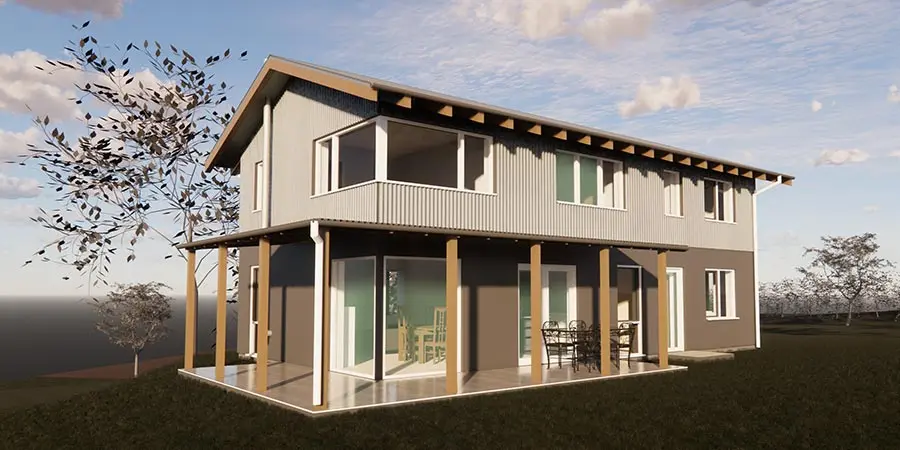
We recently upgraded our business vehicle to an all-electric battery vehicle. Surprisingly, it has taken us this long due to the fact that we have projects in remote areas and all-electric vehicles just did not have the infrastructure/range to reach them. Daily commutes have always been the low hanging fruit for the transition to all electric driving as one is able to charge at night, ready for the relatively short drive the next day. However, our travel pattern is challenging for electric vehicles; several meetings in remote areas with little charging infrastructure and no time to charge between meetings. Having now truly tested this car on some remote site visits, we can verify that it is possible to travel the length and breadth of Ireland with sustainable driving.
Many factors have to be considered in choosing an electric car, but it is the subtle technicalities that can make a big difference between the success of one model or another. In our case, some factors that were important in choosing the Renault Zoe car:
- The latest model has a +50kWh battery, which in a compact car gives a great range. One can tell that it was one of the first electric cars to market and now has 8 years of refinement. It is a very efficient car and with careful driving it gives real ranges of up to 440 km.
- Not all fast/rapid chargers are made the same. While many electric cars now being sold have big headline charge speeds, you can only obtain these charge speeds if you find the right DC charger and these tend to only be at main infrastructure nodes. Most charging points in Irish towns and villages are Type 2 charging pillars which can deliver a maximum of 22kW power. However, almost all electric car models (including many of the most expensive electric car models) can only draw down 7kW on these charging pillars. That is a third of the power and therefore 3x more time to charge. The Zoe can draw down almost all the 22kW of power because it uses the electric motor in reverse as the inverter to charge the battery. This is a HUGE advantage when traveling to remote areas in Ireland.
- The 22kW charging speed of the Zoe also has the advantage that at times the fast-charging DC points (frequently found at motorway stops) are busy or have queues. But many of the DC points also have an AC point attached that most people are not interested in using because they can only draw down a maximum of 7kW. But the Zoe can draw down almost the full 22kW which is pretty good if you just need a boost to get you to your destination.
- It can rapidly charge at 50kW, which can give up to 350 km in 45 minutes. Most of the time one does not need that extra range, so in the time it takes to visit the restroom and get a refreshment you can easily top up with enough to reach your destination. 50kW looks sluggish compared to many of the upcoming models (Porsche Taycan 270kW), but in reality not many rapid chargers can deliver much more than 50kW, especially when there are a number of people charging at the same station, so the Zoe charges as fast as the best in most cases.
Interestingly, actually driving on remote roads is far more efficient than motorway driving. This is down to simple physics. The faster you go, the more energy is required to push the air out of the way. The difference between driving at 80 km/h and 120 km/h is huge in the consumption of energy, but on most rural roads you cannot drive faster than 80km/h.



